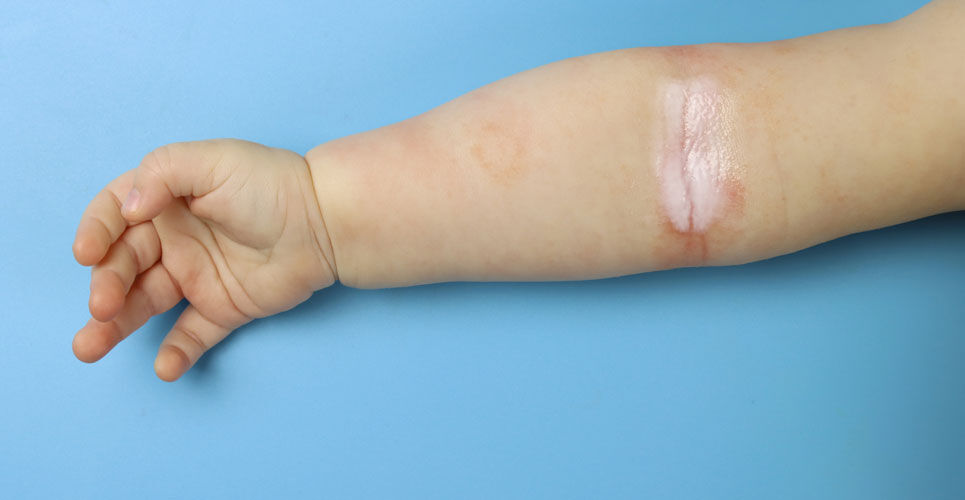A Cochrane systematic review has offered some important conclusions on the use of topical steroids in adults and children with atopic eczema
A Cochrane review has now provided some, but not all, of the answers to guide clinicians and patients on the optimal use of topical steroids in the treatment of adults and children with atopic eczema, even though these agents have been used in practice for many decades.
Atopic eczema (also referred to as atopic dermatitis) can be defined as a chronic, itchy, inflammatory skin condition that affects people of all ages, although it presents most frequently in childhood. According to guidance from NICE, which though focusing on children, is also generally applicable to adults, emollients should form the basis of atopic eczema management and should always be used, even when the atopic eczema is clear. Where the disease flares, NICE advocates a stepped approach to management and which involves the use of emollients and topical steroids. The first use of topical steroids, in the form of cortisone acetate ointment (referred to as compound F) was reported in 1952 and topical steroids are categorised in terms of their potency which ranges from mild, moderate, potent and very potent with more potent agents inducing a greater degree of skin blanching (i.e., vasoconstriction). They are also available in different strengths and formulations, e.g., creams, ointments and foams, with designed to be used only once daily.
Nevertheless, despite the widespread availability of the drugs, there is surprising lack of clarity on how to best use topical steroids in clinical practice. The purpose therefore of the current Cochrane review was to try and offer advice on the best and safest way to use these drugs. The review included only randomised controlled trials in adults and children with eczema and which compared at least two strategies of topical corticosteroid use.
Optimal use of topical steroids
The review included 104 trials with a total of 8443 participants although 55 trials had high risk of bias in at least one domain, mostly due to lack of blinding or missing outcome data.
The use of moderate compared to mild potency topical steroids resulted in more participants achieving treatment success, which was defined as cleared or marked improvement in eczema, based on an investigator global assessment scale (odds ratio, OR = 2.07, 95% CI 1.41 – 3.04).
In trials assessing adults and children with moderate or severe eczema, the use of potent topical steroids once compared to twice daily, did not reduce the number of patients achieving treatment success (OR = 0.97, 95% CI 0.68 – 1.38).
One strategy advocated by the NHS is weekend treatment, where a person whose eczema is under control, uses the topical corticosteroid every weekend on the trouble sites to prevent a disease relapse. flare. The review found supportive evidence for this approach and concluded that this resulted in a large decrease in likelihood of a relapse from 58% to 25% (risk ratio, RR = 0.43, 95% CI 0.32 – 0.57).
Another area explored included whether to use a cream or ointment formulation but there was no evidence to support use of either formulation. Advice from the NHS is that if a topical corticosteroid is prescribed, patients should wait about 15–30 mins after applying an emollient before using topical steroids. However, the review found no evidence to support this recommendation.
Although the Cochrane review provided some answers to support clinicians in their use of topical steroids, as the authors noted, there was a lack of evidence on adverse effects since studies were small and did not always use the most reliable methods. Therefore, the review offers some, but not all, of the answers to support the optimal use of topical steroids.
Citation
Lax SJ et al. Strategies for using topical corticosteroids in children and adults with eczema. Cochrane Database Sys Rev; March 2022

